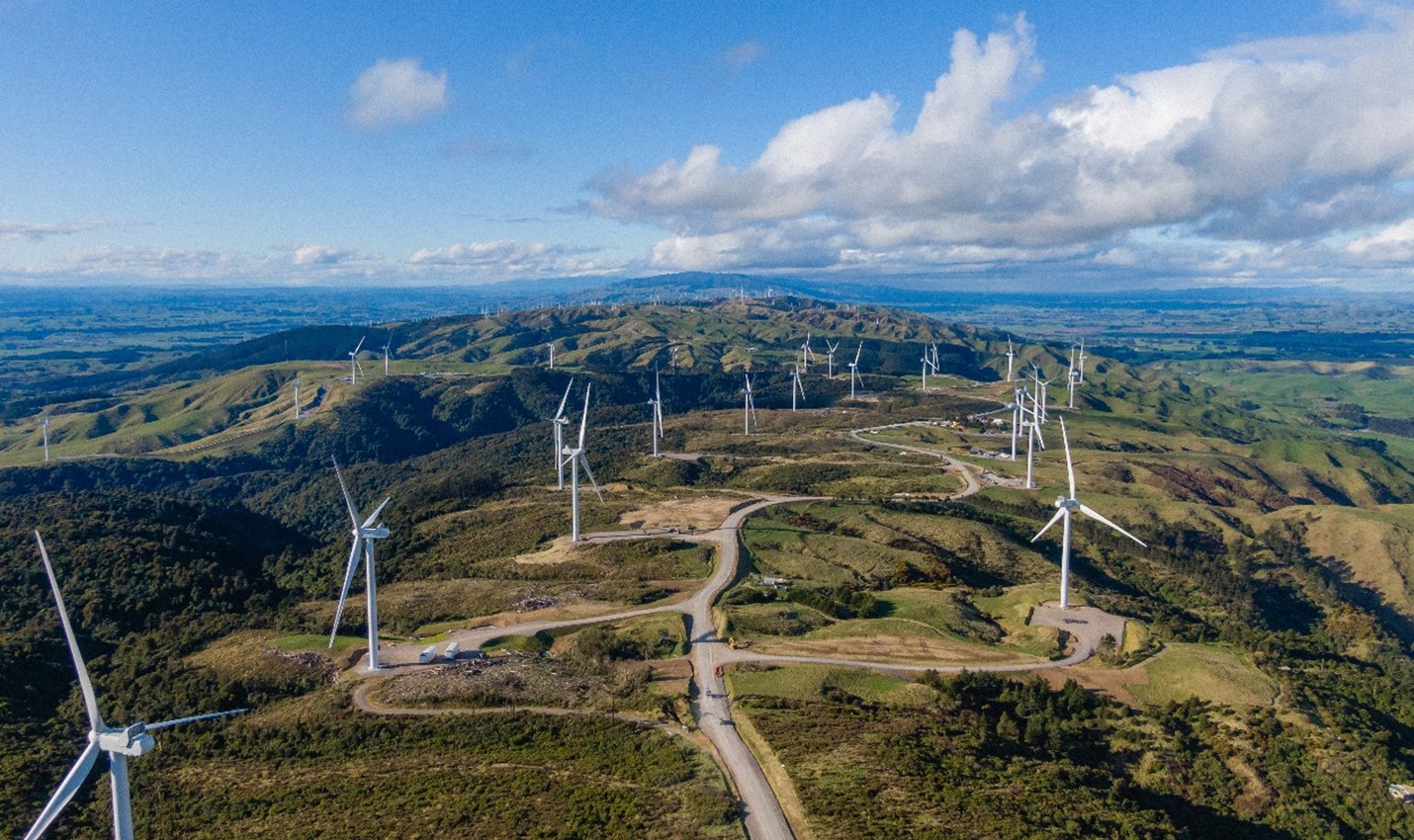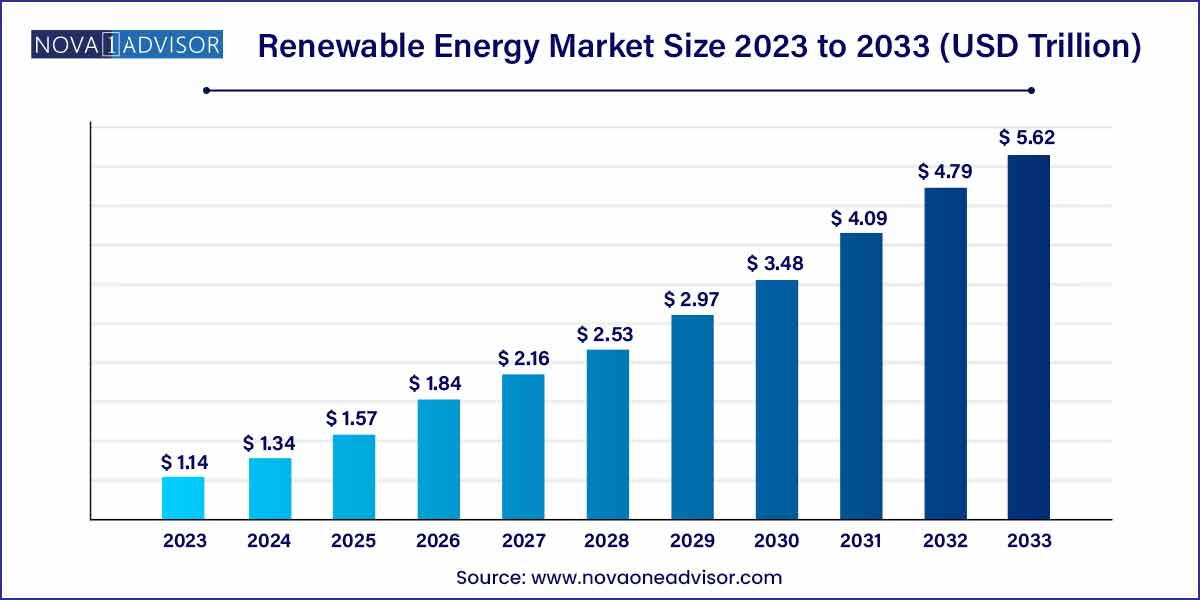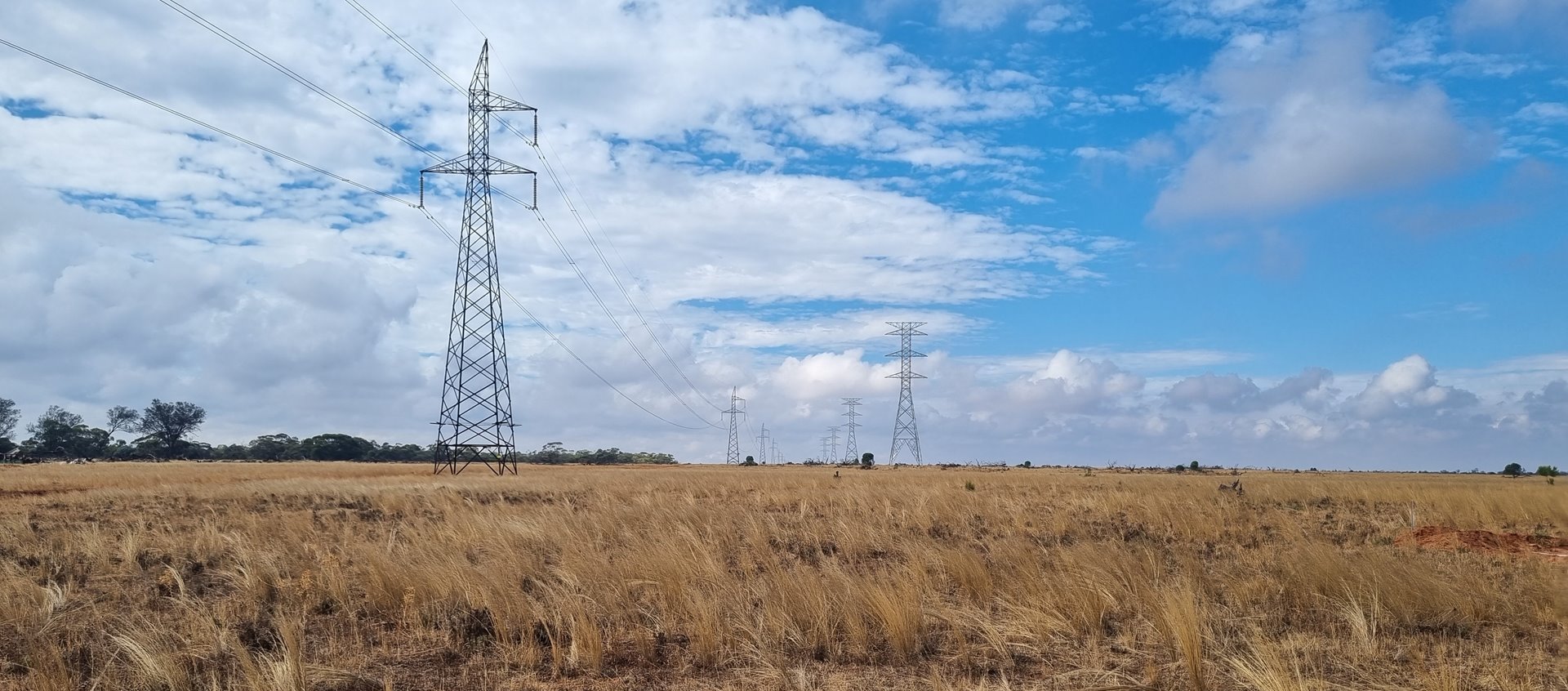The shift to renewable energy is accelerating, with Australia leading the charge. When we talk about transitioning to cleaner energy sources, a crucial question is frequently overlooked: How does renewable energy get to the people and places that need it?
The answer is found in the transmission infrastructure that transports electricity from wind, solar and hydroelectric plants to households, companies and industries across the country.
Getting renewable energy from where it’s generated to where it’s needed is no small task. Transmission systems are at the centre of this process and they are changing rapidly. From new technologies to the constraints of connecting remote energy sources, there's a lot to learn about how we can make sustainable energy work for everyone. At Beca, we're working with our clients to design and implement smarter, more efficient transmission solutions that help deliver clean energy where and when it’s needed.
With our vast experience in engineering and collaborative work, we’re helping shape a resilient, future-ready energy network — one that supports Australia’s transition to a cleaner, more sustainable future.

Project: Turitea Wind Farm
A quick look at energy transition
Switching from fossil fuels to renewables is vital for a sustainable future. With over 70% of global CO2 emissions coming from energy production — of which 31% is due to electricity and heat production1 — it’s clear we need cleaner energy sources to cut carbon emissions and combat climate change2.
In Australia, this shift is gathering pace. By 2023, renewables made up 39% of electricity generation in the National Electricity Market (NEM)3. Strong investment in renewable infrastructure is driving this growth, with installed renewable capacity expected to jump from 51.41 GW in 2024 to 89.03 GW by 20294.
In addition to helping the environment, the shift to renewable energy is improving energy security, driving economic growth and providing new employment opportunities all around Australia. Potentially, 82% of the nation's power might be generated by renewable sources by the year 20305.
Understanding renewable energy transmission
The essence of renewable power transmission is obtaining electricity from sources such as solar, wind and hydro to where it's needed — our homes and businesses. Unlike traditional power plants, the generation of renewable energy is sometimes scattered over far sites, which poses particular challenges in connecting these sources to the grid.
Take transmission networks, for example. Made up of transmission lines and substations, they take electricity from wind farms or solar plants to urban centres, but they must be flexible enough to handle the variability of renewables. Because solar, hydro and wind energy rely on the weather, grid-forming inverters, synchronous condensers and Battery Energy Storage Systems (BESS) are very important for keeping the grid stable and reliable. With $55.9 billion expected to be spent on smart grid technologies around the world by 2026, it's important to integrate these new technologies into our existing infrastructure6.
Building a strong network for transmitting green energy isn't just about meeting the needs of today. It's about getting ready for the future by building a grid that can handle changes and provide all the benefits of clean energy.

Source: Nova One Advisor
Why is renewable energy transmission important?
The transmission of renewable energy is a key part of a successful energy shift. It has the following benefits for the environment, the economy and energy security:
1. Environmental benefits
Reducing carbon emissions through renewable energy is critical in mitigating climate change. Australia now gets 39.4% of its energy from renewable sources, and that number is likely to rise even higher3. By building more transmission lines, additional clean energy can reach cities. This makes the country less reliant on coal and lowers pollution. And, importantly, renewable energy does more than just cut down on emissions. It also improves air quality by lowering pollutants, saves water because technologies like solar and wind use much less than coal and gas plants and protects biodiversity by reducing the need for drilling and mining. All contribute to making ecosystems and communities healthier.
2. Economic advantages
Investing in renewable energy transmission networks is critical to driving economic growth, as this industry creates thousands of new employment opportunities. By 2030, New South Wales alone expects to have 6,300 construction jobs, 2,800 of which will be permanent7. And as we add more renewable energy to our grid, it makes electricity cheaper, and long-term energy prices stay more stable for both consumers and businesses.
3. Energy security
Reducing reliance on imported fuels is one way in which better transmission infrastructure improves energy security. For instance, $32 billion is projected to be invested in New South Wales' Renewable Energy Zones (REZs)8. These zones will help the state become more energy-independent and secure by making the energy system more reliable and safer by integrating renewable energy generation, storage and transmission.

Project: Project EnergyConnect (PEC)
Challenges in scaling up renewable energy transmission
The mass distribution of renewable energy comes both with opportunities and difficulties. Let's look at the most important challenges::
Infrastructure needs
- Transmission lines: The challenge lies in connecting remote renewable energy sources to the electricity grid. The Australian Energy Market Operator (AEMO) estimates that 10,000 km of new transmission lines will be needed by 2050 to meet demand, but building this infrastructure in remote areas is complex and costly9.
- Investment: While Transgrid’s planned $11 billion investment over the next 5-10 years is a step forward, securing the capital needed to upgrade and expand transmission infrastructure remains a significant hurdle for the industry10.
- Technological upgrades: Existing grids aren’t equipped to manage the intermittent nature of renewable energy supply. Advanced technologies like grid-forming inverters and synchronous condensers require substantial upgrades to maintain grid stability.
- Community impact: To set up REZs in NSW, the natural and social impacts on nearby communities must be carefully managed. This is to make sure that developments are both sustainable and supported, which makes planning the infrastructure even more difficult.
Regulatory hurdles
- Approval delays: Australia's renewable energy projects often face challenges, which makes connecting them to the grid take longer11. And getting approval is hard, especially on land that belongs to First Nations people or is used for farming.
- Complex regulations: State and federal laws must be in sync, but this often causes bottlenecks. The $20 billion Rewiring the Nation program is currently working on bringing governing processes up to date and make them easier to use12.
- Policy shifts: Changing regulations and policies around REZs create uncertainty, delaying projects and impacting investor confidence.
Balancing supply and demand
- Intermittent supply: Solar, wind and hydropower generation fluctuate with weather conditions, leading to inconsistent energy supply. Without adequate storage solutions, this can destabilise the grid. Modern technologies, such as BESS, help to even out these changes by saving extra energy when output is high and releasing it when output is low.
- Grid stability risks: Integrating a high amount of renewables into the grid comes with stability problems, especially for intermittent sources. Australia's goal of adding 14GW of new renewable capacity by 2030 will rely heavily on REZs to manage these fluctuations and maintain a steady, balanced power supply13.
- Demand management: Matching renewable energy supply with fluctuating demand is difficult, especially during peak hours. Smart grid technologies are critical in dynamically adjusting energy flows to prevent overloading or shortages.
- Over-reliance on fossil fuels during low renewable output: Grids often use fossil fuel-based energy when renewable energy production is low, which slows down the transition to renewables. To lessen this dependence, we need to increase our carbon-free storage capacity.
How Beca makes renewable energy transmission a reality
At Beca, we’re driving incredible progress in renewable energy transmission across Australia. With deep collaboration and innovative thinking, we tackle complex energy projects, delivering them on schedule and creating long-term benefits for communities and industries alike.
We’re leading major transmission projects like EnergyConnect and HumeLink, helping Australia take bold strides toward its renewable energy goals. Working on these and other projects, we're building an energy network that uses technologies like BESS and smart grids to adapt to the natural fluctuations of clean energy availability. In our field, working together is crucial. To attain real environmental and social gains, we collaborate with communities, landowners and other stakeholders.
Beca is prepared to assist you from the first spark of an idea to the final installation of your solar, wind, battery storage or hydroelectric project.
Get in touch today and turn your renewable energy development plans into reality.
Sources:
- C2ES - Global Emissions
- IEA50 - Greenhouse Gas Emissions from Energy Data Explorer
- Clean Energy Australia - 2024 Report
- Mordor Intelligence - Australia Renewable Energy Market Analysis - Industry Growth, Size & Forecast Report (2025-2030)
- AEMO - 2024 Integrated System Plan
- KPMG - Smarter Grids
- NSW Department of Planning, Industry and Environment - NSW Electricity Infrastructure Roadmap
- NSW Government - NSW Electricity Infrastructure Roadmap | Benefits for Regional NSW
- Australian Government | Department of Climate Change, Energy, the Environment and Water - Rewiring the Nation
- Transgrid - How the transmission system will enable Australia's energy transformation
- The Sydney Morning Herald - Renewable energy sources held back by planning hurdles
- Australian Government | Department of Climate Change, Energy, the Environment and Water - Rewiring the Nation
- The Daily Telegraph - Andrew Forrest pledges massive renewable expansion by 2030